Bigger the better: Batteries are giving Origin Energy CEO Frank Calabria life after coal
With a brutal bidding war now a distant memory, Origin Energy boss Frank Calabria is opting for an unconventional path in the race to build out clean energy.
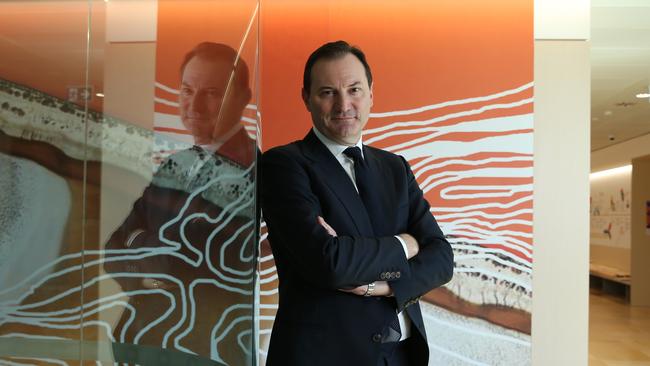
Business
Don't miss out on the headlines from Business. Followed categories will be added to My News.
It’s now been more than a year since global giant Brookfield’s near-$20bn bid for Origin collapsed. Since then, Origin boss Frank Calabria has barely looked back.
Helping to smooth over what was a messy investor revolt to the board-endorsed Brookfield bid, Origin’s shares have continued to trade at a reasonable premium to the near $9 that was on offer from Brookfield and its partners.
Since then, relations with shareholders have been repaired, helped by two sets of higher-than-expected dividend increases – the latest one coming on Thursday. Origin has also moved from a serial market underachiever into something closer to an outperformer.
Now Calabria is full steam on transforming Origin. He is getting out of coal, but rather than coal and solar his bets are on batteries. The bigger the better, and they will sit neatly aside his collection of long-dated gas-fired power plants with the aim of firming the power grid.
Calabria says a lot has happened since the Brookfield era, so an apples for apples comparison of Origin’s value today from 12 months ago is harder to measure.
“There’s a range of things in there,” he tells The Australian. “I’m now very much just focused on adding value to our shareholders,” Calabria adds.
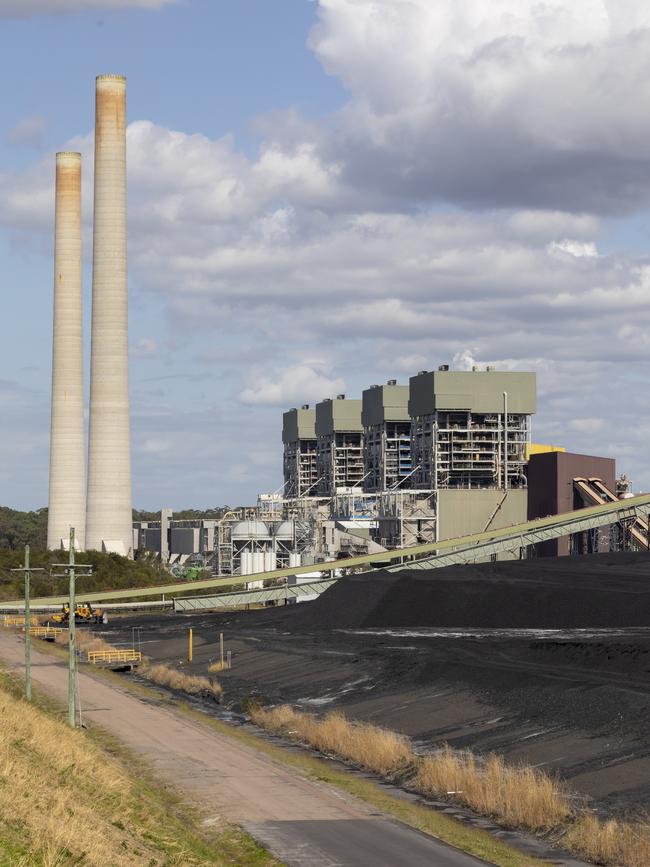
Some of this includes breakneck growth of the part-owned UK-based energy retailer Octopus, which is adding 200,000 customers a month across Europe. There’s also much more clarity around Australia’s green energy market and how Origin fits in to this future.
Despite some drop-off in gas production from maturing wells in Queensland, gas prices are holding up, but more needs to be spent to improve the flow of the maturing wells.
Origin’s massive, but ageing, coal-fired Eraring power station in NSW is also running more reliably – despite planned maintenance last November – which is helping deliver better-than-expected returns.
Just last month Origin shares hit a record $11.46, but have since pulled back, closing at $10.14, meaning the energy major still has the clear air from investors to plough ahead and plan for life when it shuts down Eraring from late 2027 – depending on market conditions. And the real energy inside Origin now is around batteries.
Calabria has already committed about $1.7bn building out a battery portfolio at Origin’s Eraring site. Stage one and two of the big battery is under construction, and more recently Origin has approved stage three, adding 700MWh. More battery spending is likely to follow in coming years to hit a target of 4-5GW of renewables and storage by 2030. This is aimed at replacing the near-3GW of baseload that Eraring now generates. The expansion will be funded by debt, cashflow from gas and offtake agreements.
Changing shape
The push to batteries will fundamentally see Origin move from being a generator of long-dated base load electricity into a more dynamic energy business, providing an electricity storage service to be released during pricing peaks or renewable down time.
Calabria says once the right transmission is in place there’ll be plenty of low-cost wind and solar energy coming into the market during the day, but big batteries will play an important role in smoothing over the variable swings and bringing more energy into the night-time when its needed most. Batteries are easy to deploy and don’t need the frustratingly slow planning approvals of wind and solar.
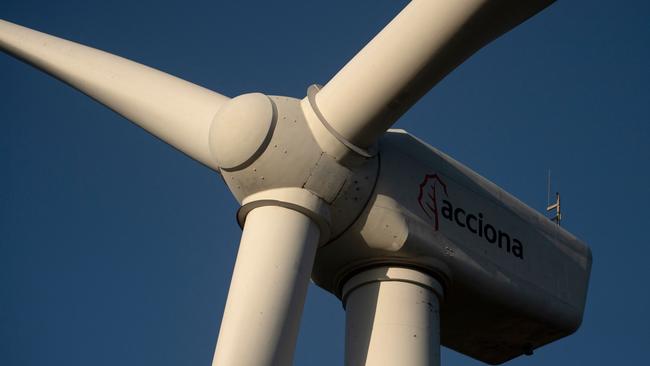
Calabria is eyeing battery technology moving ahead, and fast. On the horizon he sees the charge of one big battery running down over four hours, doubling time currently. This represents a game changer when it comes to running a reliable power grid if battery output can be several hours at night after being charged up with cheap renewables during the day.
Is it enough to keep the lights on? “I think energy (generation) will get built, don’t get me wrong,” Calabria says. “However, renewable energy doesn’t always produce at the same time as when you need it. It just produces when sun and wind is up, and as a result solving the problem of moving electrons around efficiently and having a back-up to when it’s not there, is needed.
“And that’s why we believe batteries and some gas-fired generation are important.”
Calabria has spent the past few months urging Chris Bowen to include gas-fired technology in the $10bn capacity investment scheme designed to spur on 32GW of clean energy into the system. He accepts there’s an election to get through first.
He says gas peakers will become ever more important than ever to work with renewables to firm up the grid – particularly as more coal exits the system. Origin already operates a gas peaker in every east coast state.
“One thing we will need to do is make sure that the system is secure and reliable,” he says. Gas peakers “may not run very much, but they have to be there as backup when you need them”.
Orora’s political sting
On one side of Melbourne, Treasury Wine boss Tim Ford was telling investors he’s now going to hang on to his portfolio of cheap wine brands, after getting little interest for the cheap drinks he has been shopping around.
Over the other side of town, the real world impact of this turn-off in low-cost wine was playing out.
Packaging play Orora, the business once spun out of Amcor and which makes bottles for the beer and wine industry, will now slash capacity by a third at its flagship glass plant in Gawler, just outside the Barossa Valley.
Job losses at the plant that employs 400 are expected to follow, although Orora CEO Brian Lowe isn’t yet disclosing how many will be cut as he finalises the closure of one of its three furnaces at Gawler in coming months.
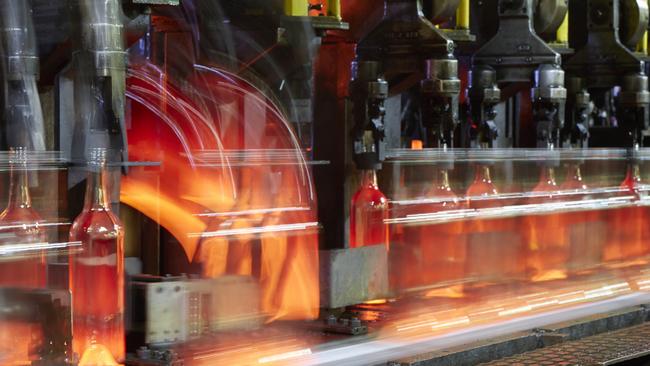
Lowe says demand for other glass packaging products, like jars, or export business, isn’t enough to keep the plant running at full capacity. Concentrating activity on two furnaces lowers unit costs and helps improve margins in the face of higher gas prices, he says.
The Gawler pullback comes with a political sting. The Albanese government gave Orora a $12.5m grant in 2022 under its Modern Manufacturing program to help fund Gawler’s switch to oxy-fuel. The conversion – now complete – slashes emissions, but uses less costly natural gas.
Added to the packaging pain, Orora will shift some existing Australian production to a new plant in the UAE – where energy and labour costs are a fraction of what Orora is paying here.
Making it in Australia is not as easy as it sounds. Orora’s move is another hit to Anthony Albanese’s ambitions to rebuild the nation’s manufacturing capacity.
As well as the cost of running the Orora plants, there’s a clear structural shift under way and this is notable in Treasury Wine’s first-half earnings update.
For the past six months, Ford had been looking for a buyer for a collection of accessible brands, including Wolf Blass, Lindemans, Yellowglen and Blossom Hill. To sweeten the deal, he slashed almost $300m off the value of the portfolio last year. It still wasn’t enough to tempt a buyer in a market where sales of low-price wines are slowing.
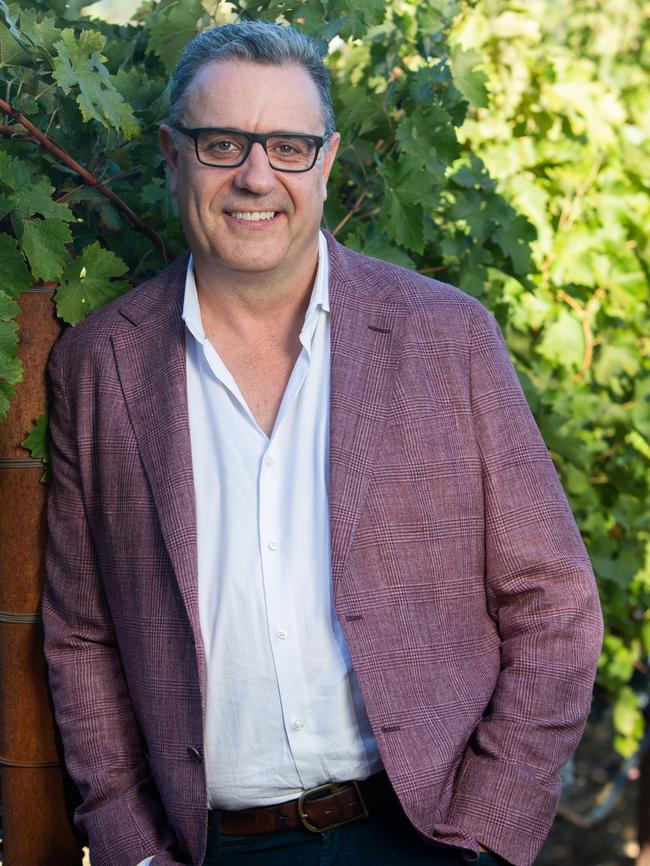
Treasury Wine’s interim profits show sales of premium brands built around Penfolds and luxury US wines are booming. However, at the lower end of the wine price point – sub-$15 a bottle – conditions are tough. Consumers are clearly drinking less and have been turning away from cheap and cheerful brands but are prepared to splash out on something more expensive when they choose to have a glass of wine.
Volumes of Treasury’s mainstream and lower price brands during the December half were down more than 6 per cent, when measured by litres. This came on the back of a 10 per cent drop in the June half and a 12 per cent drop in the December half a year earlier. This trend is unfolding right across the market. This portfolio will now be driven for cash.
More Coverage
Originally published as Bigger the better: Batteries are giving Origin Energy CEO Frank Calabria life after coal





